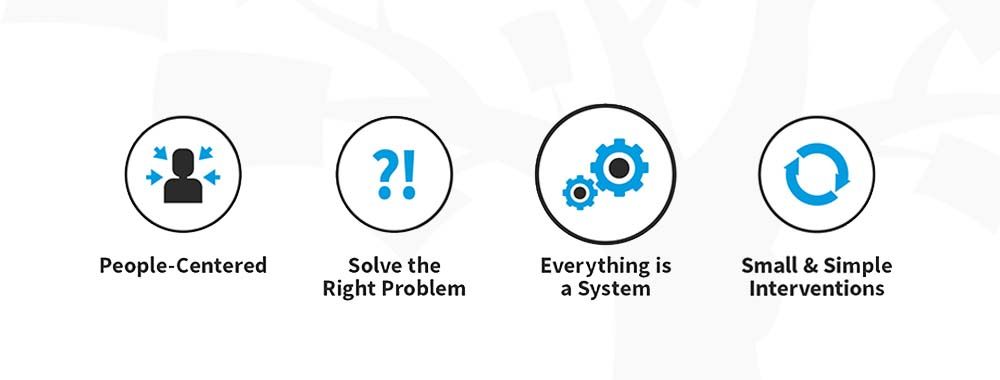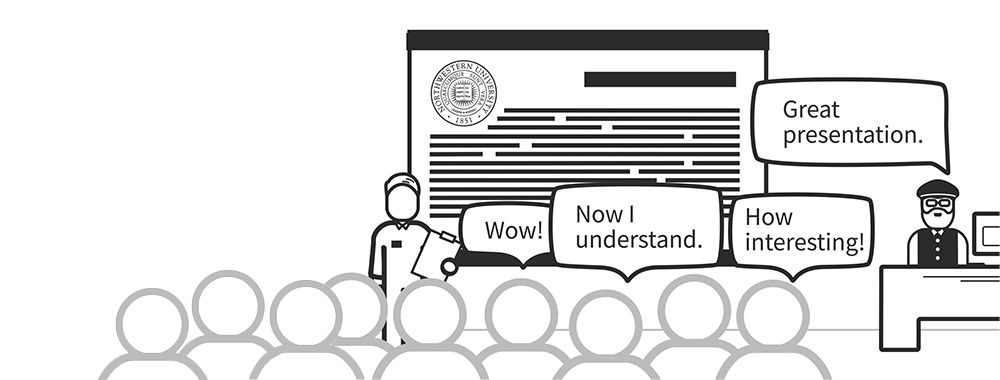The role of designers is changing. We continue to design products and services, but we also design more in the way of complex socio-technical systems and systemic challenges such as climate change, poverty and inequality. In this video, Don Norman makes the case that the way designers learn must also change. He says that design educators should partner with educators from other disciplines — such as engineering and business — and train designers to do the same. They should also partner with people outside of education — in local communities, government and businesses — to train new designers to bring people together to solve problems.
Though Don does not state it in the video, there is an important related message for you as a designer: You will need to learn differently! If you are a student in a design program that does not offer classes in related disciplines such as business, engineering, economics or psychology, consider working with a faculty advisor to take one or more of those classes in another department or school. Or if you are a professional designer already, consider learning cross-disciplinary skills from co-workers or by taking less traditional design courses with the Interaction Design Foundation.
“We have to change design education and we have to change it by making it more exciting. Making it more real, making it more realistic. The students love this. Usually the faculty love it too.”
— Don Norman: Father of User Experience design, author of the legendary book The Design of Everyday Things, co-founder of the Nielsen Norman Group, and former VP of the Advanced Technology Group at Apple.
Don Norman is trying to mobilize the current and next generations of designers to use their insights in design as a way of thinking to solve the world’s major societal issues. And it’s all within our grasp, thanks to this new way of seeing and handling things, of getting down to the deep causes and bringing about real solutions that will deliver positive change sustainably and far into the future for the good of the people of this planet and the planet itself.
Are you ready to change how you train designers — or train to be a designer — for the new challenges in the field? Then watch the following video to be informed and inspired by Don Norman’s wisdom!
Show
Hide
video transcript
- Transcript loading…
References and Where to Learn More
Ready to shape the future, not just watch it happen? Join the Father of UX Design, Don Norman, in his two courses, Design for the 21st Century and Design for a Better World, and turn your care for people and the planet into design skills that elevate your impact, your confidence, and your career.
Hero image: © Interaction Design Foundation, CC BY-SA 4.0











